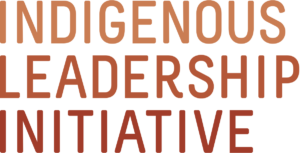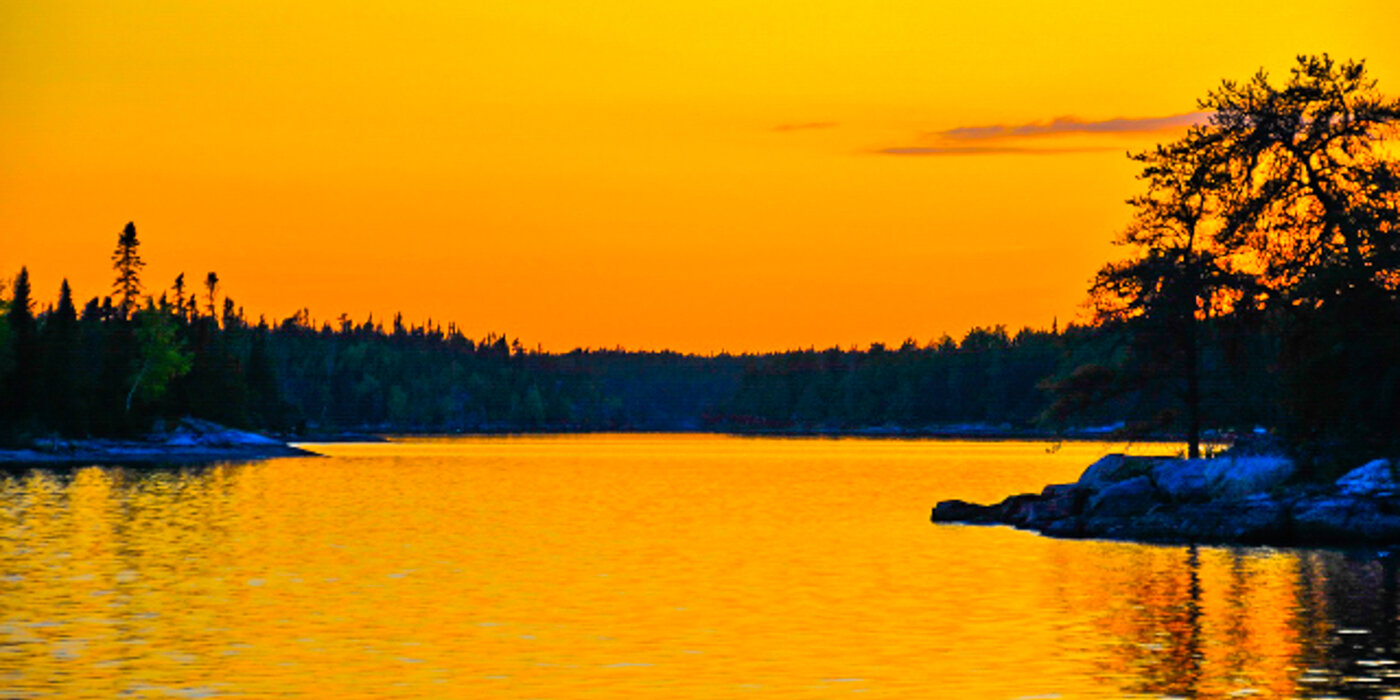Indigenous Nations Secure UNESCO World Heritage Site Listing in Heart of Boreal
By Valérie Courtois
North of Winnipeg and east across the border of Manitoba and Ontario, an expanse of boreal forest unfolds over tens of thousands of kilometres. Home to herds of woodland caribou, chains of crystal clear lakes and wetlands full of birds, it is called Pimachiowin Aki—the Land that Gives Life. The Anishinaabe people have always known it is a special place. Now, thanks to their tireless efforts, the world will know it too.
UNESCO has designated Pimachiowin Aki a World Heritage Site in honour of its outstanding cultural and natural values.
Credit: Don Sullivan
The announcement is a welcome testament to Indigenous-led conservation. Indigenous Peoples have been caring for these lands for more than 7,000 years. The forest, waters and animals have thrived in part because of the Anishinaabeg tradition of Ji-ganawendamang Gidakiiminaan (Keeping the Land), a system of values, knowledge and practices that guides relationships with the land and each other and that expresses reverence for all creation.
To help sustain the lands into the future, four Anishinaabe First Nations—Bloodvein River, Little Grand Rapids, Pauingassi and Poplar River—added a new tool to their culture of conservation. They decided to apply for World Heritage Site status. For more than a decade, they undertook the complex application process, working with Manitoba and Ontario governments and other partners.
Their nomination helped influence how World Heritage Sites are evaluated. Most sites are recognized for either cultural or natural values, but UNESCO’s advisory body, the International Union for Conservation of Nature, noted that Pimachiowin Aki “has been a catalyst for a renewed and growing joint approach to the links between nature and culture” in designating mixed World Heritage Sites. This shift reflects the Indigenous understanding that people and nature are inseparable.
Pimachiowin Aki is the first mixed cultural and natural World Heritage Site in Canada.
This Indigenous-led achievement is an example of the innovative approaches Indigenous Nations are using to care for the land. It also illustrates the kind of leadership that can help Canada meet its own conservation goals.
Canada has committed to protecting at least 17% of lands by 2020 as part of the UN Convention on Biological Diversity. It can reach that target by partnering with Indigenous Peoples who are creating and managing parks and protected lands across the country. Working together, we can conserve globally significant landscapes.
The four First Nations are making plans to launch an Indigenous Guardians program to help manage the area. By drawing on cultural tradition and western science, they can ensure the land continues to give life far into the future.


